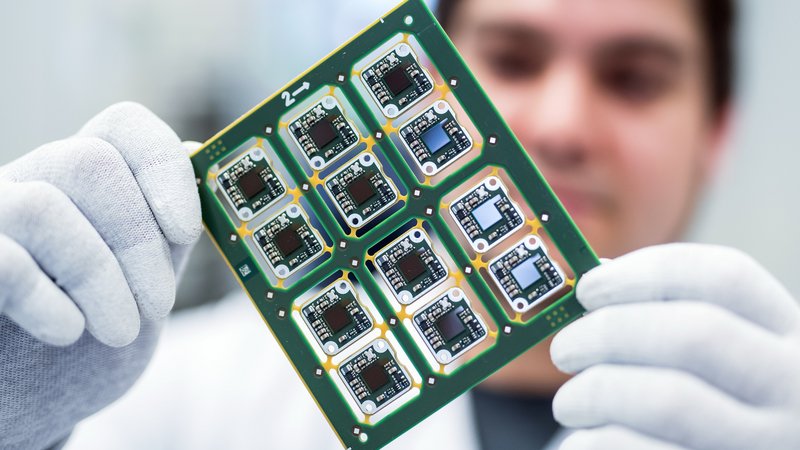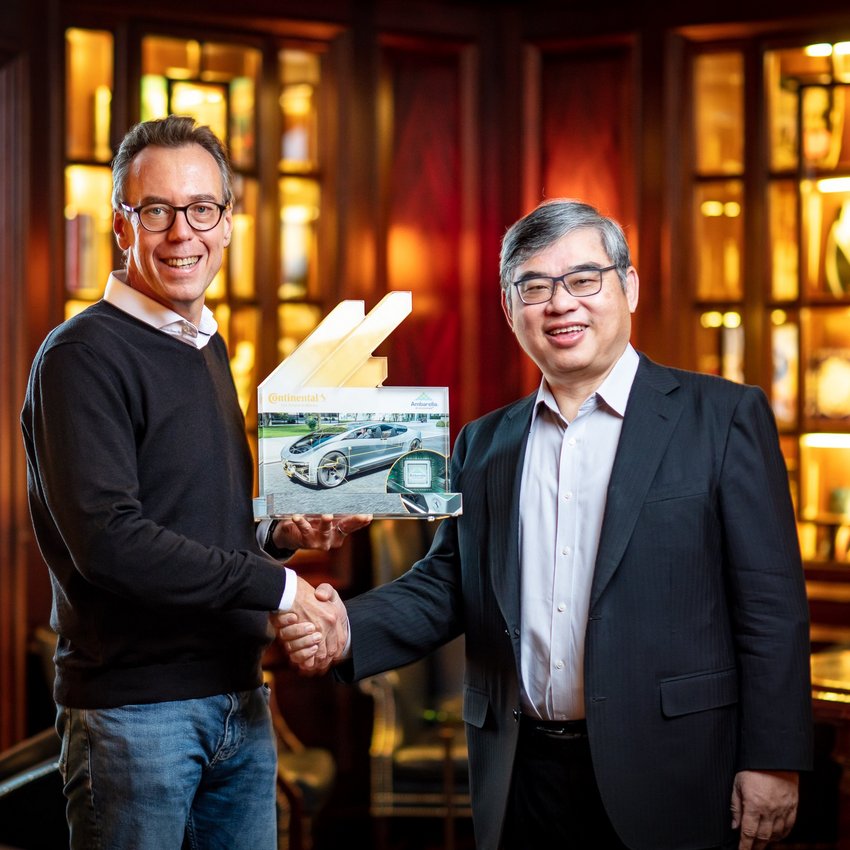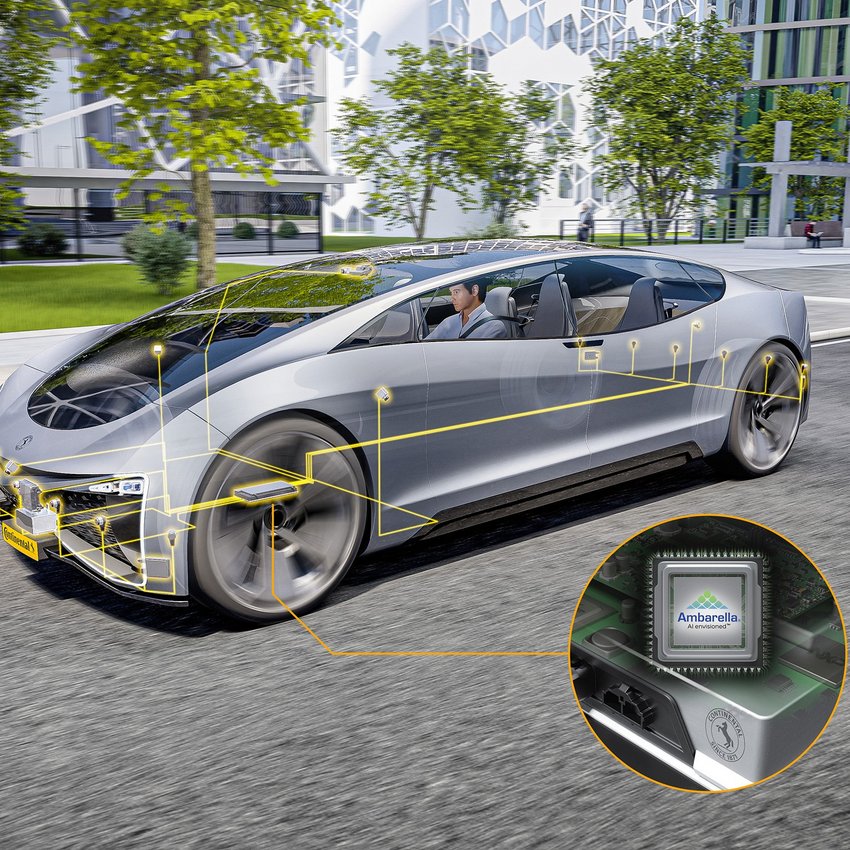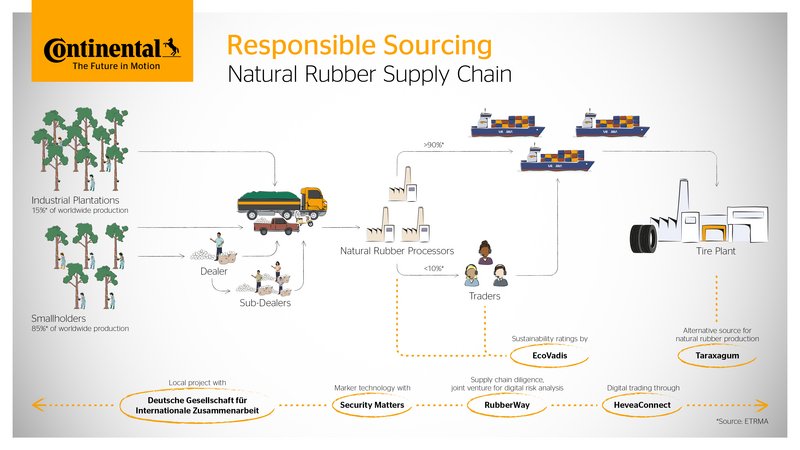Creating Value. For a Better Tomorrow.
When we look back on 2022, we are reminded of the challenges that we faced. Not only did the coronavirus pandemic shape our actions over the past two years and ultimately become part of our day-to-day, but the war in Ukraine in February 2022 then introduced long-term changes to the economic and political world stage. The fact that processes were interrupted or even stopped completely as a result of the pandemic and the war in Ukraine has translated into global supply shortages for raw materials and semi-finished products as well as a rise in inflation. And we also shouldn’t forget developments such as climate change, the technological transformation and societal sustainability efforts, which were already having a significant impact on the economy and our day-to-day lives. Even if these issues have taken somewhat of a back seat in the news lately, they have not disappeared. Whether as individuals or as businesses – we have learned to constantly adapt ourselves to change. Since 2022 has served as a reminder once again: that the unthinkable can indeed become a reality. What is important here is how we deal with this and whether or not we are able to develop ourselves further. This is also the focus for Continental.
Creating Value. For a Better Tomorrow.

Since 2022 has served as a reminder once again: that the unthinkable can indeed become a reality. What is important here is how we deal with this and whether or not we are able to develop ourselves further. This is also the focus for Continental.
When we look back on 2022, we are reminded of the challenges that we faced. Not only did the coronavirus pandemic shape our actions over the past two years and ultimately become part of our day-to-day, but the war in Ukraine in February 2022 then introduced long-term changes to the economic and political world stage. The fact that processes were interrupted or even stopped completely as a result of the pandemic and the war in Ukraine has translated into global supply shortages for raw materials and semi-finished products as well as a rise in inflation. And we also shouldn’t forget developments such as climate change, the technological transformation and societal sustainability efforts, which were already having a significant impact on the economy and our day-to-day lives. Even if these issues have taken somewhat of a back seat in the news lately, they have not disappeared. Whether as individuals or as businesses – we have learned to constantly adapt ourselves to change. Since 2022 has served as a reminder once again: that the unthinkable can indeed become a reality. What is important here is how we deal with this and whether or not we are able to develop ourselves further. This is also the focus for Continental.
The impact of the events across our globalized world can be felt close at hand. Whether that’s when visiting the supermarket, filling up on gas or buying a new car or cell phone. While prices are rising, we are also seeing a decline in the availability of certain raw materials and products.

Are shortages the new normal?
The coronavirus pandemic had far-reaching effects on supply chains and thus on production sites across all industries. In 2021, the semiconductor shortage that also came about as a result of the pandemic, which was also referred to as the “chip shortage” by the media, impacted a number of different industries – with the automotive industry among them. The procurement of many capital and consumer goods, including new cars in particular, became a time-consuming process.
Over the course of the coronavirus pandemic, production sites were forced to shut off their operations or even temporarily shut down. The result of this was that orders for semiconductors for the automotive industry were reduced or even canceled entirely. Since semiconductors that have already been produced cannot be stored for long as a result of their “expiration date”.
At the same time, certain technological developments are increasing the need for semiconductors; these include a higher proportion of electronics, as well as technological megatrends such as automated driving, electrification, networking and digitization. While the automotive industry has played a somewhat smaller role over recent decades, with a share of less than 10% of the semiconductor market, today the trend is rising, with this figure now at around 12%. It is not only the automotive industry that is feeling the effects of the semiconductor shortage. The impact is being felt across other industries as well. This is particularly the case in retail, where certain products have not been available – or have had long wait times – and in some cases this is even still the case. In addition to the automotive industry, the IT and consumer electronics industries in particular were affected by the semiconductor shortage. Games consoles and smartphones were suddenly no longer available as as result. Buying a new bike also became a challenging endeavor, particularly in the case of e-bikes, because of the rise in demand as well as the availability of components. Even now, consumers are facing longer wait times than before the pandemic in some cases.
What’s more, there have also been disruptions in the logistics chain. Goods that had been ordered were not arriving at their destination on time. The reason for this was ongoing issues in marine transport, particularly for goods being shipped from overseas. The coronavirus pandemic resulted in tailbacks of container ships in China and the North Sea, for example. This has had a considerable impact on global freight capacity. Challenges have also arisen in the transportation industry as a result of the global rise in energy costs.

And even the construction industry has had to deal with not only a lack of skilled workers, which has been an issue for some time already, but also the shortage of materials. The poor availability of certain construction materials and the long delivery times for spare parts have led to delays in construction. Without the spare part or material needed, the construction site is put on hold and the building’s electrics remain non-functional. According to the National Association of the German Construction Industry (ZDB), construction costs in 2022 therefore rose by 16 percent in total, with the exception of costs for mineral construction materials such as gravel, sand or cement, which had already reached their peak in the summer of the previous year. Even if the cost of construction materials were to slowly show signs of easing, it would still be far from the level this was at prior to the coronavirus pandemic. Nevertheless, the ifo Institute is thinking positively about the future. A recently published study has reported on an easing of the delivery issues faced by German industrial companies in 2023. In February, the number of bottlenecks in the procurement of materials was back down to where it was two years ago. While the shortage of materials in many areas, such as in the chemical industry, has lessened, the situation continues to be strained in the automotive, mechanical engineering and electronics industries. More than 70 percent of companies are still battling with shortages of raw materials.
What is the new normal when it comes to supply chains?
When it comes to the semiconductor shortage, this will continue to be an ongoing challenge for the automotive industry. Supply backlogs and delivery times for semiconductors were at an all-time high in 2022. The situation is not expected to improve until 2025, and optimizing and securing supply chains has therefore become a critical factor. Shortages – an issue that previously only earlier generations had to deal with – has become an issue of today. This is something that affects us all.
The German Association of the Automotive Industry (VDA) commissioned a study on the impact of the semiconductor shortage on the global automotive industry. While demand for semiconductors is continuously increasing, the shortage in this area will lead to a decline in production of around 20% of the number of vehicles actually expected by 2026. This means around 18 million fewer vehicles rolled off the line. Given that the automotive industry is expected to become the third most important chip consumer after the mobile communication and data storage industries by 2030, however, the VDA is calling for the development of additional production capacity in Europe. In particular, the growing number of driver assistance systems being developed by Continental will have an impact on future demand and planning within the semiconductor segment.
Back in fiscal 2021, Continental responded to this with a task force, with the aim of ensuring effective and sustainable strategies and processes for a reliable and competitive supply of semiconductors. To this end, we have introduced new approaches for ordering, procurement and the overall production process. This puts Continental in an even better position when it comes to determining capacities sustainably and consistently and being able to respond to unforeseen events with its early warning system. Starting with its task force, Continental trialled these structures and processes last year in the Integrated Business Planning (IBP) unit within the Automotive group sector. Operating internationally, the IBP unit has since been managing supply and demand planning for all Automotive business areas and overseeing volume planning for semiconductors in order to achieve a balance between customer demand and supplier deliveries.


How Continental is safely navigating its way through turbulent times
Even under challenging conditions – such as the semiconductor shortage and disrupted supply chains that we are currently experiencing – Continental’s focus continues to be on the technological further development of its product portfolio and the demands of today’s vehicles and those of the future as well as on industrial solutions, without forgetting about the sustainability side of things. This can be seen in the following examples:
At this year’s Consumer Electronics Show (CES), Continental announced a strategic partnership with Ambarella, a US-based company that produces semiconductors with artificial intelligence (AI). On their way to autonomous mobility, both companies will be working together to develop scalable, comprehensive AI-based software and hardware systems for assisted and automated driving. In addition to the development of camera-based sensing solutions for driver assistance systems, Continental and Ambarella will be focusing on end-to-end solutions for further automation from level 2 and above through to highly automated vehicles. The strategic collaboration follows on from Continental’s announcement in November that it would be integrating Ambarella’s energy-efficient “CV3-AD” system-on-chip (SoC) family into its advanced driver assistance systems. Compared with other domain controller SoCs, the chip family offers higher performance, allowing sensor data to be processed more quickly and comprehensively and thus allowing for an improved perception of the environment and safer mobility – together with an energy efficiency that is up to five times higher. In electric vehicles, the system solutions reduce energy consumption and cooling requirements and help achieve a battery weight that is several kilograms lighter. This leads to a greater average range by around 5 to 10 kilometers with the same battery capacity, based on a typical configuration.
It is not only for electronic components that stable supply chains, partnerships and volume planning are critical factors in order to achieve a balance between customer demand and supplier deliveries. Aspects such as responsible procurement also play an increasingly important role here. Continental is therefore taking a holistic approach in order to make the complex and fragmented supply chains for natural rubber more sustainable: the latest digital technologies, local involvement in the cultivation of rubber and a close collaboration with strong partners are intended to create greater transparency along the entire value chain. Since, for Continental, natural rubber is only a sustainable material if it has been procured in a responsible manner. With the Taraxagum project, Continental is taking a forward-looking approach here too, with the aim of becoming that little bit less dependent in future on the natural rubber trees grown mostly in Southeast Asia. Together with partners, Continental is researching the industrialization of acquiring natural rubber from dandelion plants grown specially for this purpose. These can also be cultivated in areas that are not in competition with food production.


Environmental protection and sustainability are at the focus of Continental’s orientation and have an important part to play in research and development. Even if it may still sound like just a distant fantasy, by 2050 at the latest, all tires should be made entirely from sustainable materials. It will be a long road to get there, but Continental is already taking a proactive role in helping to make this a reality. Step by step, the raw materials that will be finding their way into tire assembly are already becoming apparent. These include waste products from agriculture – such as the ashes of rice husks – as well as rubber made from dandelions, recycled rubber or PET bottles. Today, a standard car tire from Continental is already made from around 15 to 20 percent renewable and recycled materials. In order to increase the proportion of sustainable materials used even further and conserve valuable resources, Continental continuously analyzes and assesses all raw materials used in tire production.

By 2050 at the latest, Continental is striving to achieve a fully circular economy in its tire production, and another aim is 100 percent carbon neutrality across all group sectors of Continental by 2050 – with ambitious interim targets alongside the use of renewable materials, the company is therefore also consistently working on the use of recycled raw materials such as in its tire production, for example. This should make it possible to acquire large quantities of carbon black in future, which is another important filler material in rubber compounds.
With respect to surface solutions as well, Continental is relying on innovative technologies, sustainability and climate change mitigation, as ContiTech demonstrated at the IAA Transportation fair in Hanover last year. Xpreshn, for example, is a surface material made entirely from renewable raw materials. Acella, meanwhile, is a durable artificial leather made from a combination of recycled materials and bio-based raw materials. The key phrase for now and for the future is “designed for recycling” – used at Continental to refer to environmentally friendly customer-specific surface solutions.

Reliably shaping the future
We discovered in 2022 that unforeseen events can change outlooks for the future within a short amount of time. The experiences we have faced over the past few months have shown us how many industries can be affected simultaneously and require a rethink within the economy. For Continental, it is critical that we set ourselves up to be crisis-resilient in times as uncertain as these. While the digital transformation is forging ahead, this calls for a reliable partner in order to shape the future together and ensure stability. Currently, nobody is able to predict which new challenges we will be faced with in 2023. One thing is certain: Continental is developing the mobility of the future and impressing with cross-industry materials expertise. We are actively helping to shape the transformation, and performance and reliability are the decisive factors for us here.
Your Continental is strong. And we are signaling to you and all of the company’s stakeholders that Continental is looking to the future with the necessary level of respect, determination and confidence. Even and especially in challenging times, our aim is to make the world a little better with our products and solutions.
You can find here the current Annual Report on the major developments in the company.